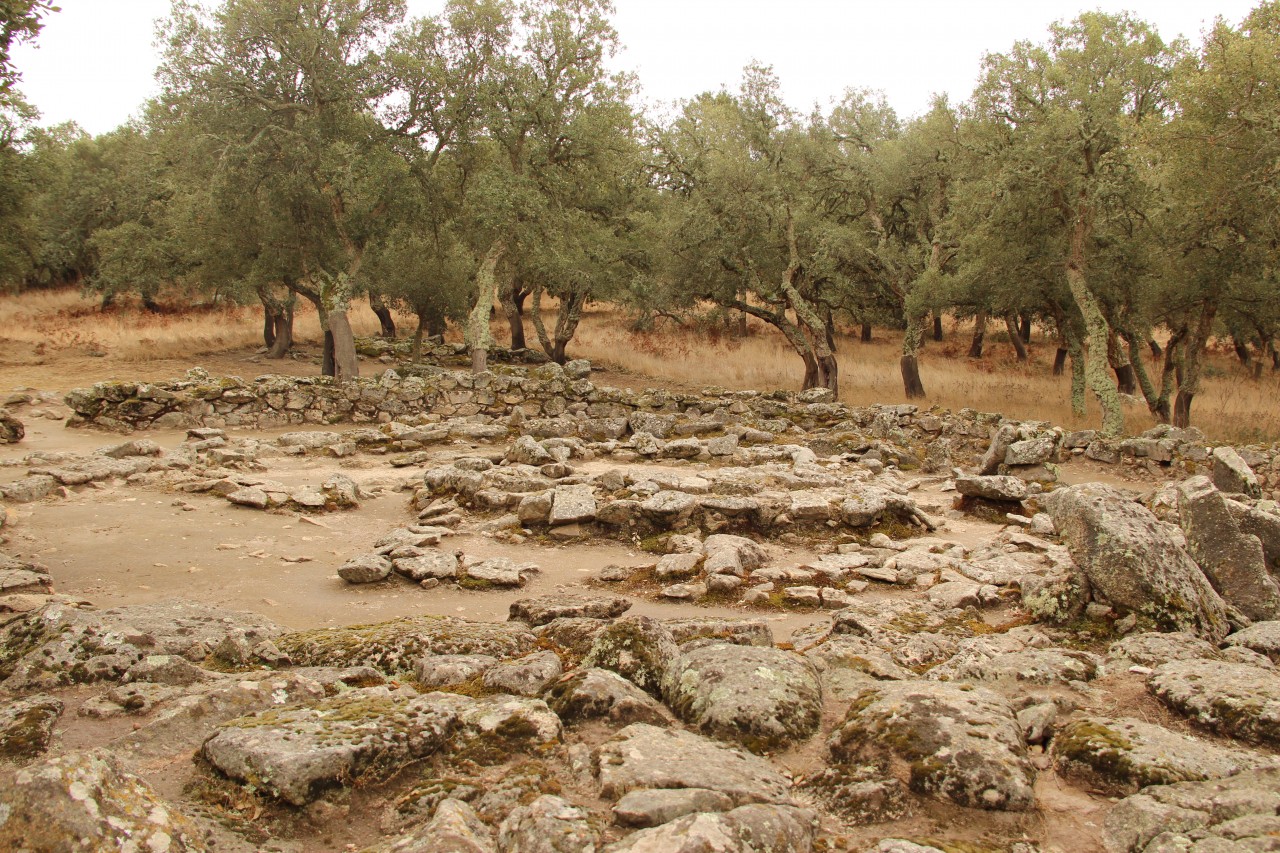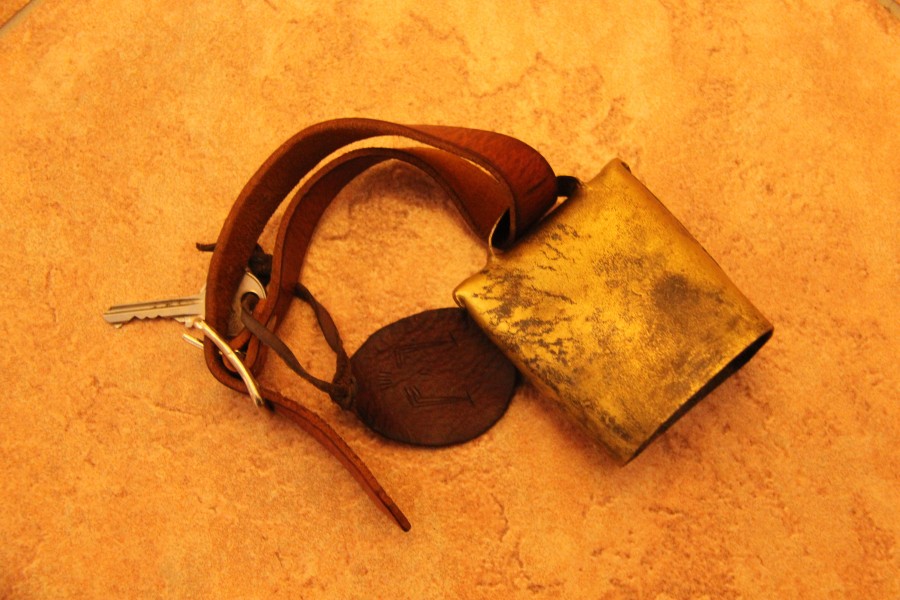A few weeks ago, I discovered, with a shameful delay, the Nuragic culture in Bitti, in the heart of Sardinian Barbagia.
I spent four wonderful days in the north of Sardinia, and my first stop was Bitti, in the heart of the Nuoro area, in a wild valley surrounded by beautiful hills, granite rocks, streams, and a scented maquis.
In Bitti, I realized how much my studies of archeology at the university have been focused only on the classical culture in general and how archeology in the Western world is mainly focused on it.
This territory, already inhabited in prehistoric times, reached an important socio-cultural development and everything in the Nuragic park of Romanzesu testifies it.
Even the environment itself is beautiful, surrounded by a forest of cork trees and dotted with granite rocks covered with emerald moss, just like an enchanted forest.
The cork trees that line the various paths of the complex are in a different extracting stage, which makes it even more impressive. The guide assured me that the tree does not suffer! Of course, this was my first question to him… The extraction of cork, starting at 25 years old and then every 9-10 years, only affects the cortex, a dead part.
The guided visit winds in the filtered light of these trees, under which you can see various circular Nuragic huts, used as homes since the Bronze Age average (XVI century BC).
It was a very thick granite structure about two meters high, with a floor wrought with clay over a thick cork layer, for isolation (!). At the center, you can still see a circular outbreaks outlet on the entrance to facilitate the management of the logs to burn and the side seats. The roof was wooden and rested on a skeleton covered with conical branches or reeds and waterproofed with clay and a further vegetation cover. In short, they were great engineers!
From the thirteenth century BC, the village of Romanzesu lived an intense building development and, therefore, a cultural one too. Besides, the original settlement was built with lots of religious buildings.
To date, only five have been dugout, and the one that struck me most is the one that led to the discovery of the site between the two world wars. While looking for water to irrigate, the farmers renting the land found a well-temple connected to an amphitheater with huge steps, probably used for ancient rites.
The worship of the water of Romanzesu is linked to the holy source of Su Tempiesu in the valley of the river Isalle, which, unfortunately, I was not able to visit. Still, that thank to a landslide that buried it for centuries has been perfectly preserved. I must return to Sardinia 😉
The concentric temple with a spiraling labyrinth all around it is also fascinating. It’s the one located near the entrance of the park. It consists of two boundary walls and a central hut which can be accessed only following the entire spiral, whose function was probably to purify the person before the entrance…
Other things to do in Bitti
A fascinating museum is the Museo della Civiltà Contadina e Patorale, situated in the neighborhood of Monte Mannu and housed in a charming old district.
Inside, there is also an area reserved for the Museo del Canto a Tenore (i.e., Museum of the Tenor singing) that I had the opportunity to discover a few days later in Supramonte, and that really excited and moved me. These are beautiful peculiars details of our many regional traditions. Details that I really hope we won’t forget and lose.
Where to stay (and eat!)
The hotel restaurant Su Lithu is amazing. The family that runs it considers it their true home, which is perhaps the main reason that has their guests feeling at home. Household items and countless details that personalize the resorts contribute to a warm, happy feeling.
The property dominates the village of Bitti, and from its balconies, you can enjoy a beautiful view of the valley and on the roofs of the village.
My “love at first sight” moment, though, took place in the small dining venue in the courtyard, enjoying yummy Sardinian typical dishes to the warmth and the soft light of the large fireplace… a really precious memory.
Getting there
From Genoa, nothing is as comfortable as the Tirrenia ferry leaving in the evening and offering an amazing glimpse on the Sardinian coast and Porto Torres on awakening. Actually, I had in mind the old and sad boats Tirrenia had till a few years ago. Onboarding the ferry, I have been pleasantly surprised to see that now they have a fully equipped mini cruise ship…, but the experience onboard deserves a dedicated post.
When traveling with Tirrenia, you can obviously also board your own car or maybe your scooter if traveling during summer time… you can also rent a car arriving in Porto Torres, or if you are an organization maniac like me, you can look for the best rates online before you leave.
From Porto Torres, you have to continue to Sassari, and from there, you have to take the provincial road Ozieri-Pattada-Buddusò-Bitti.






















